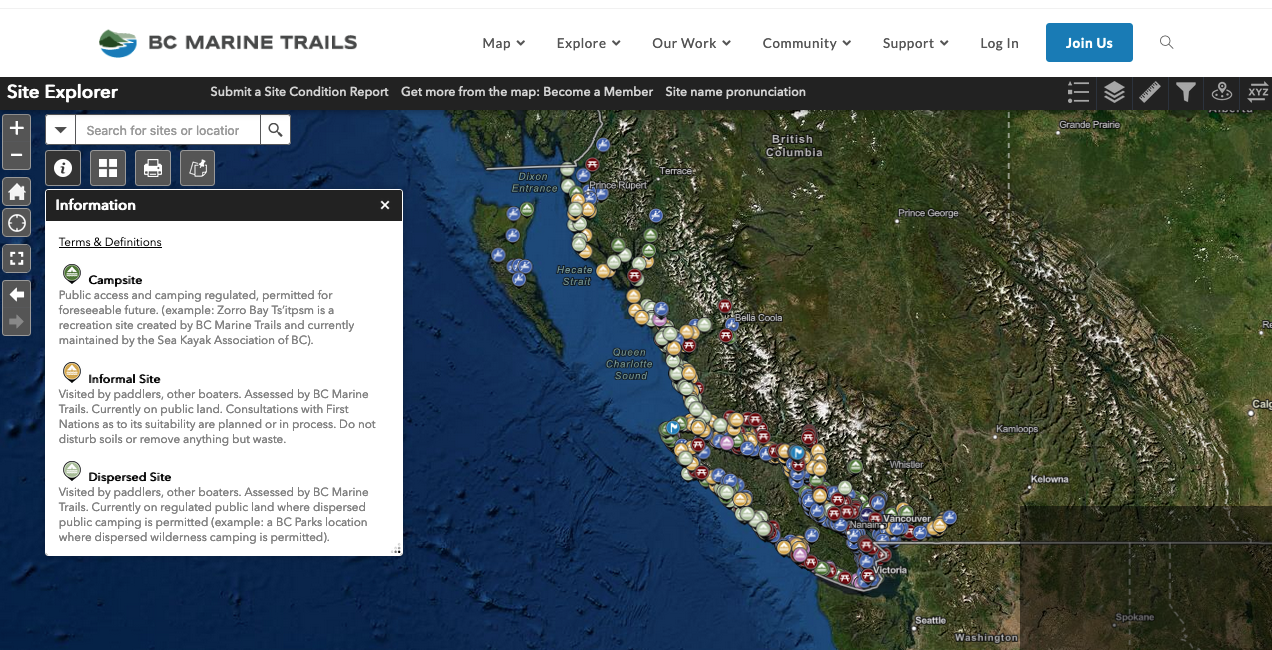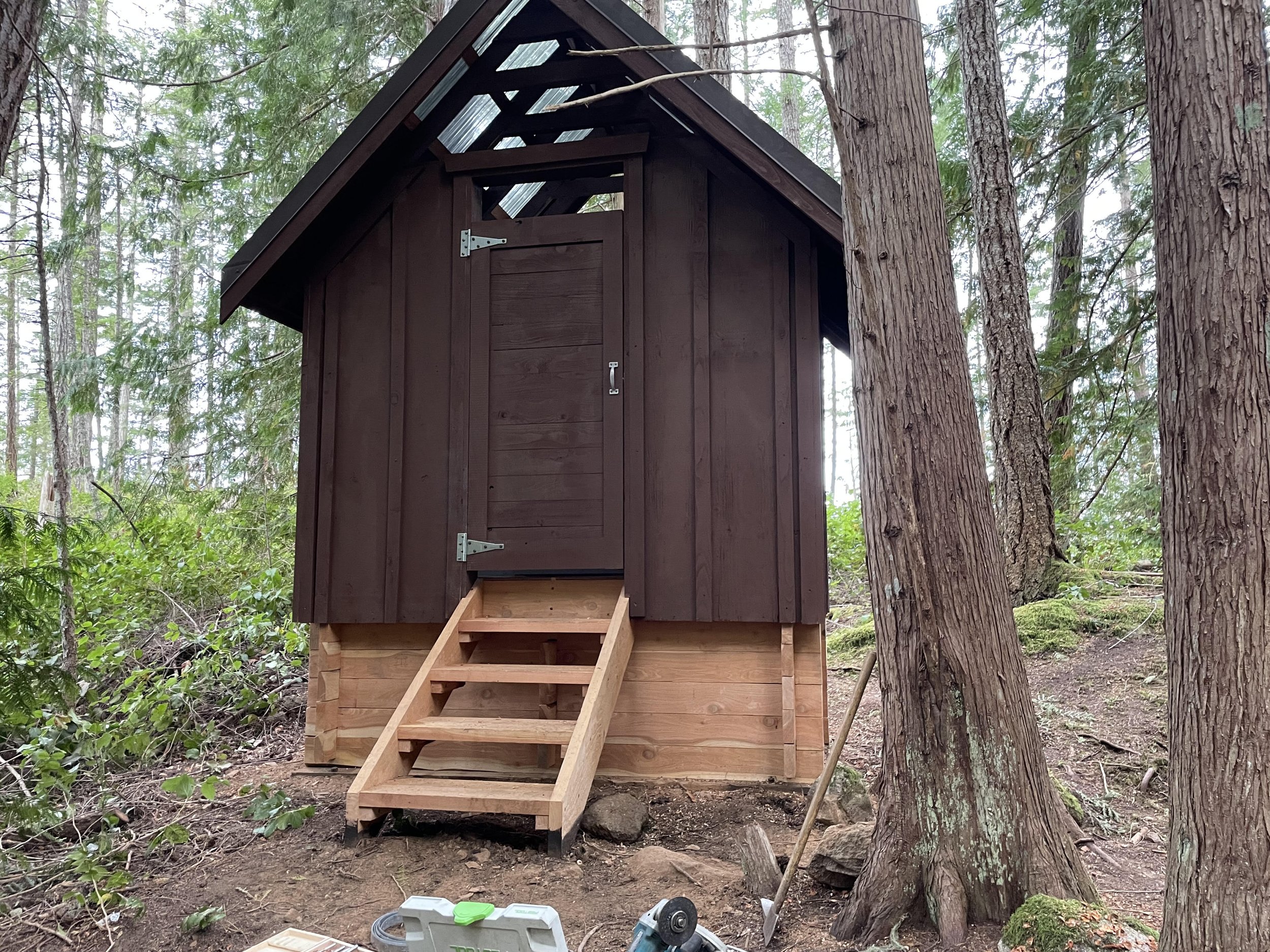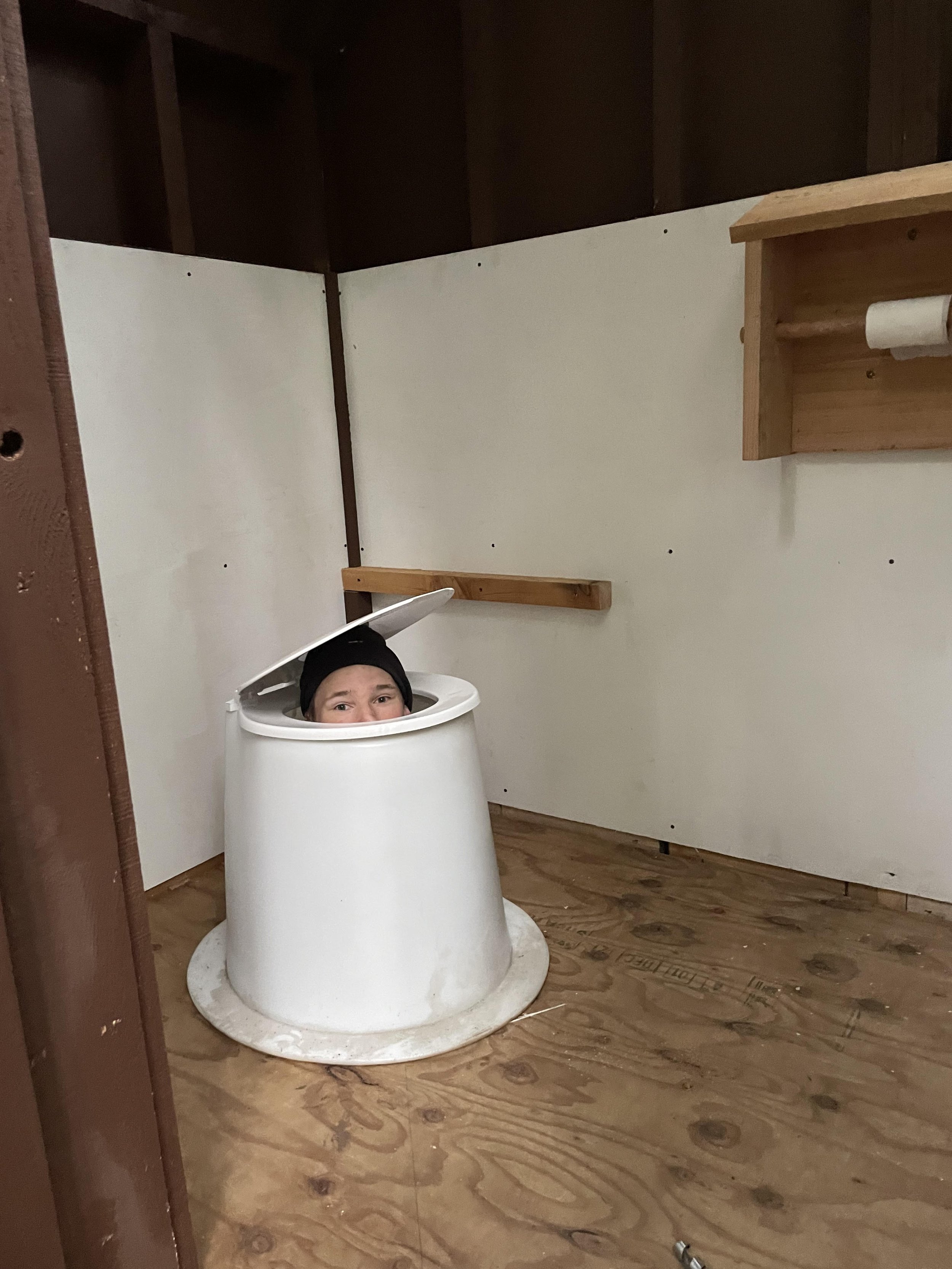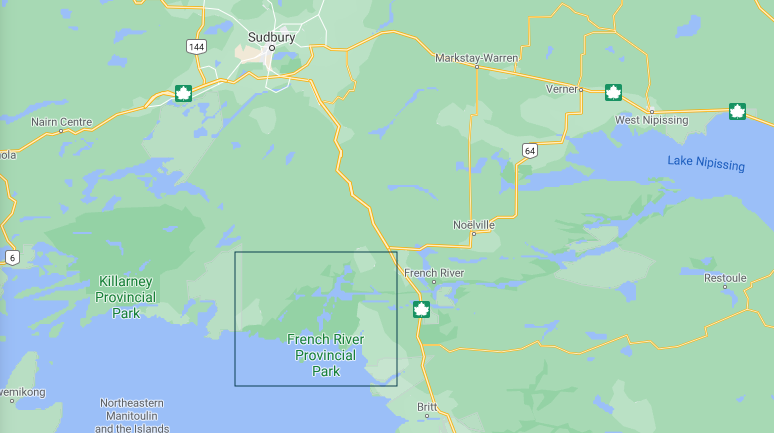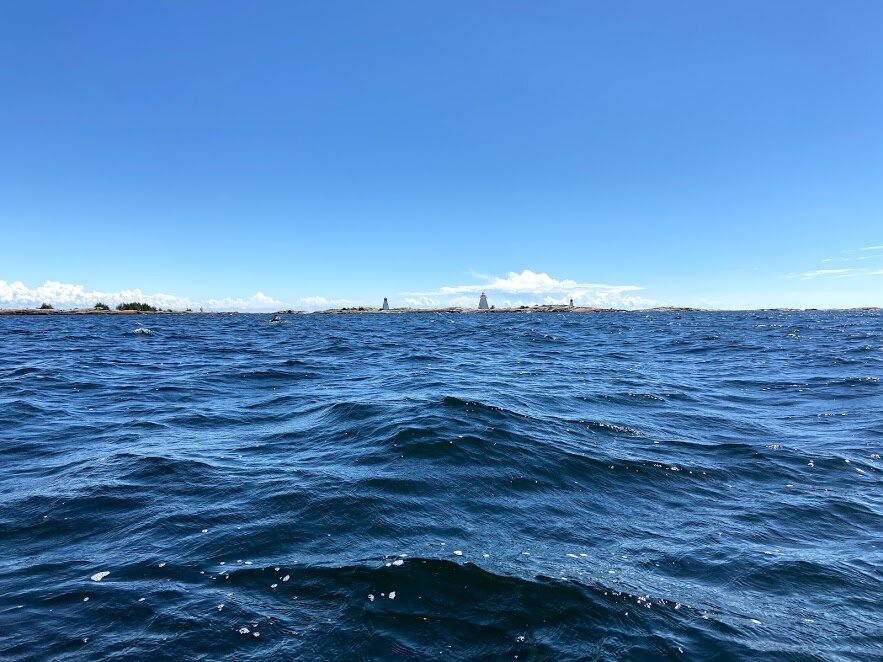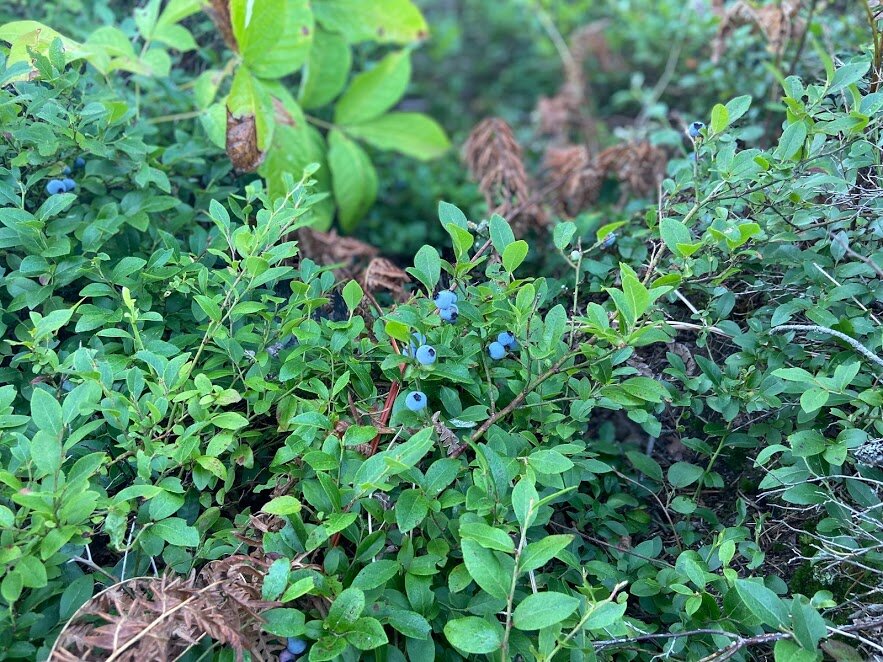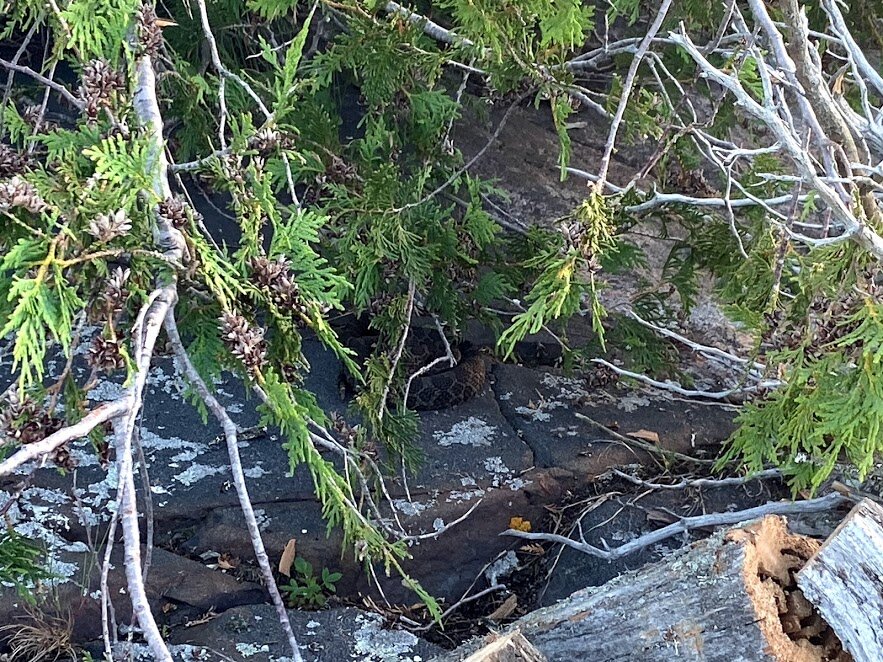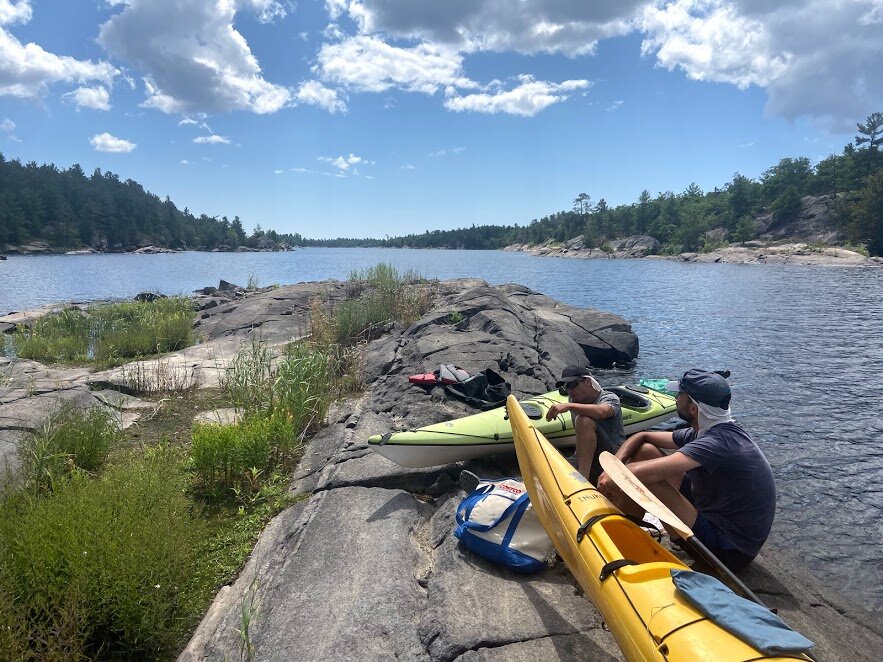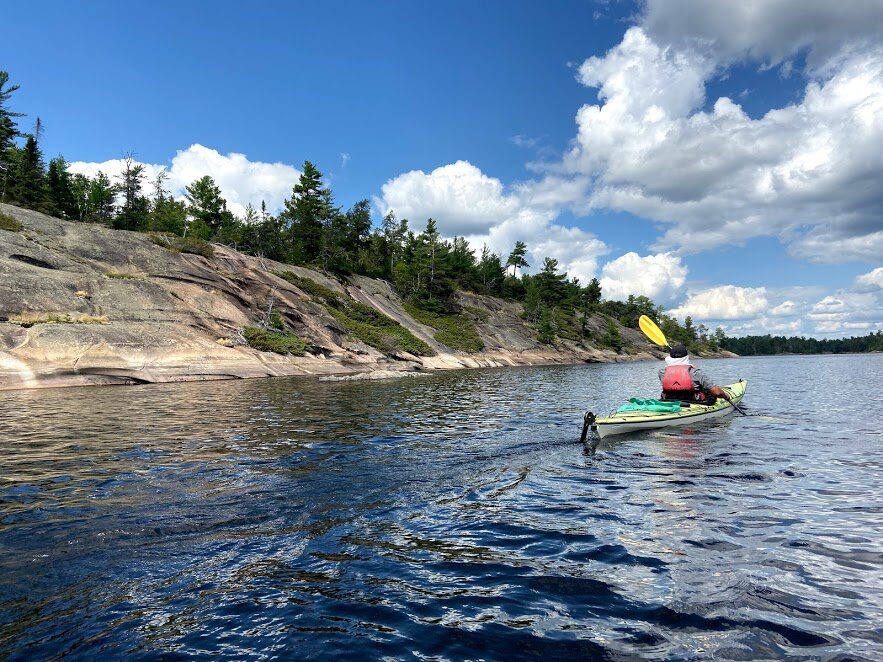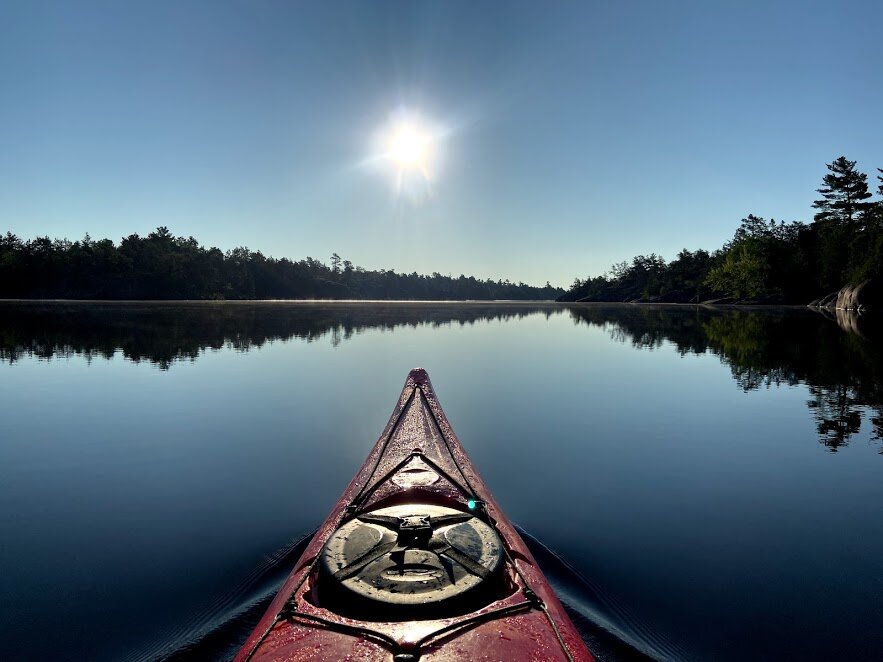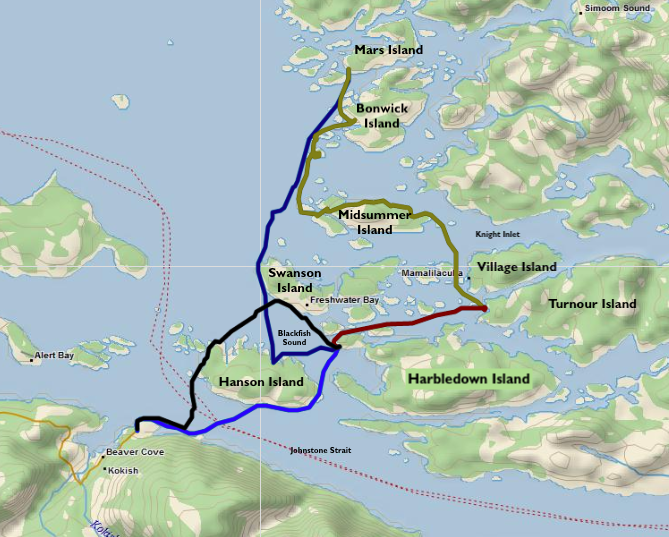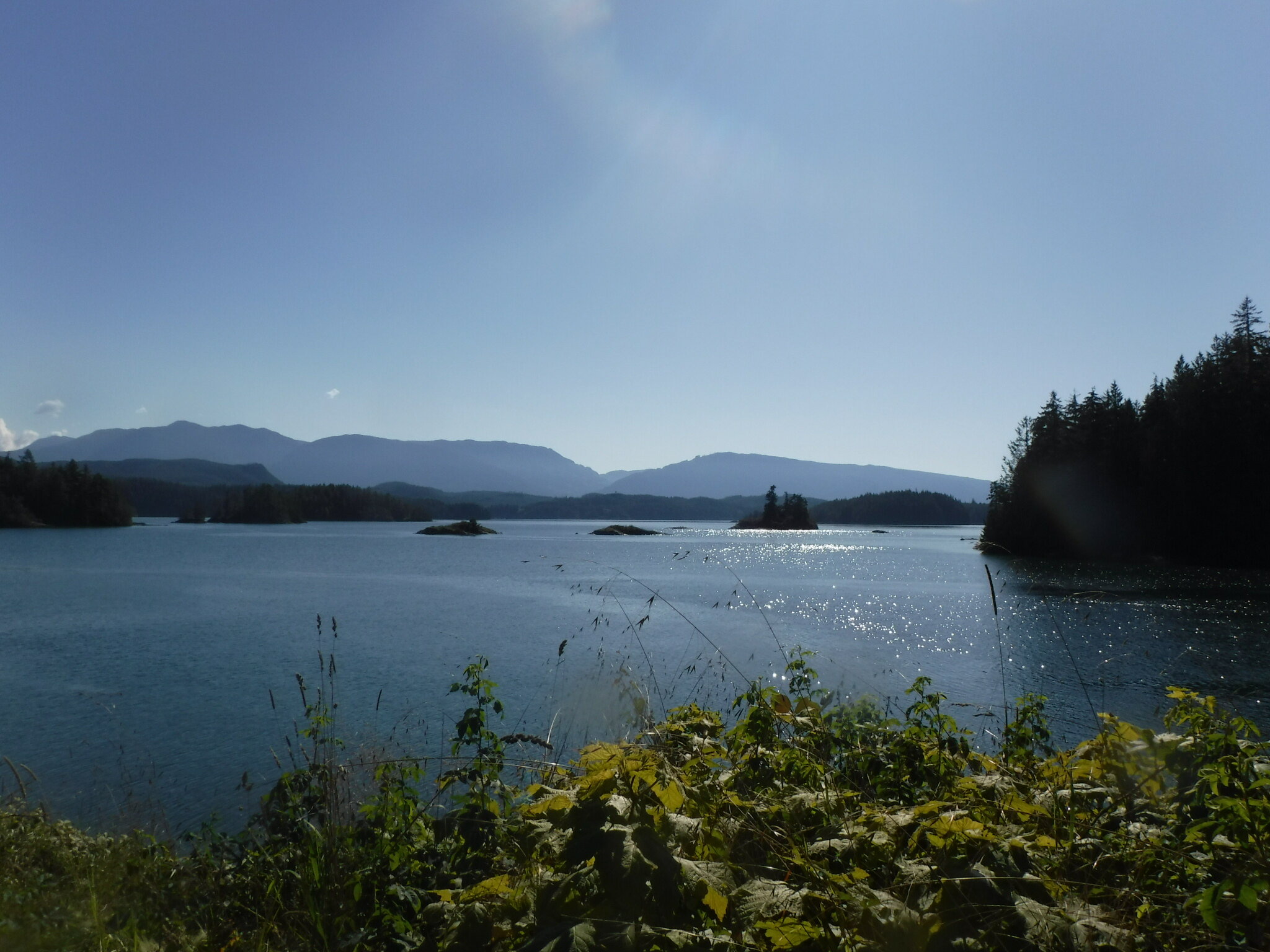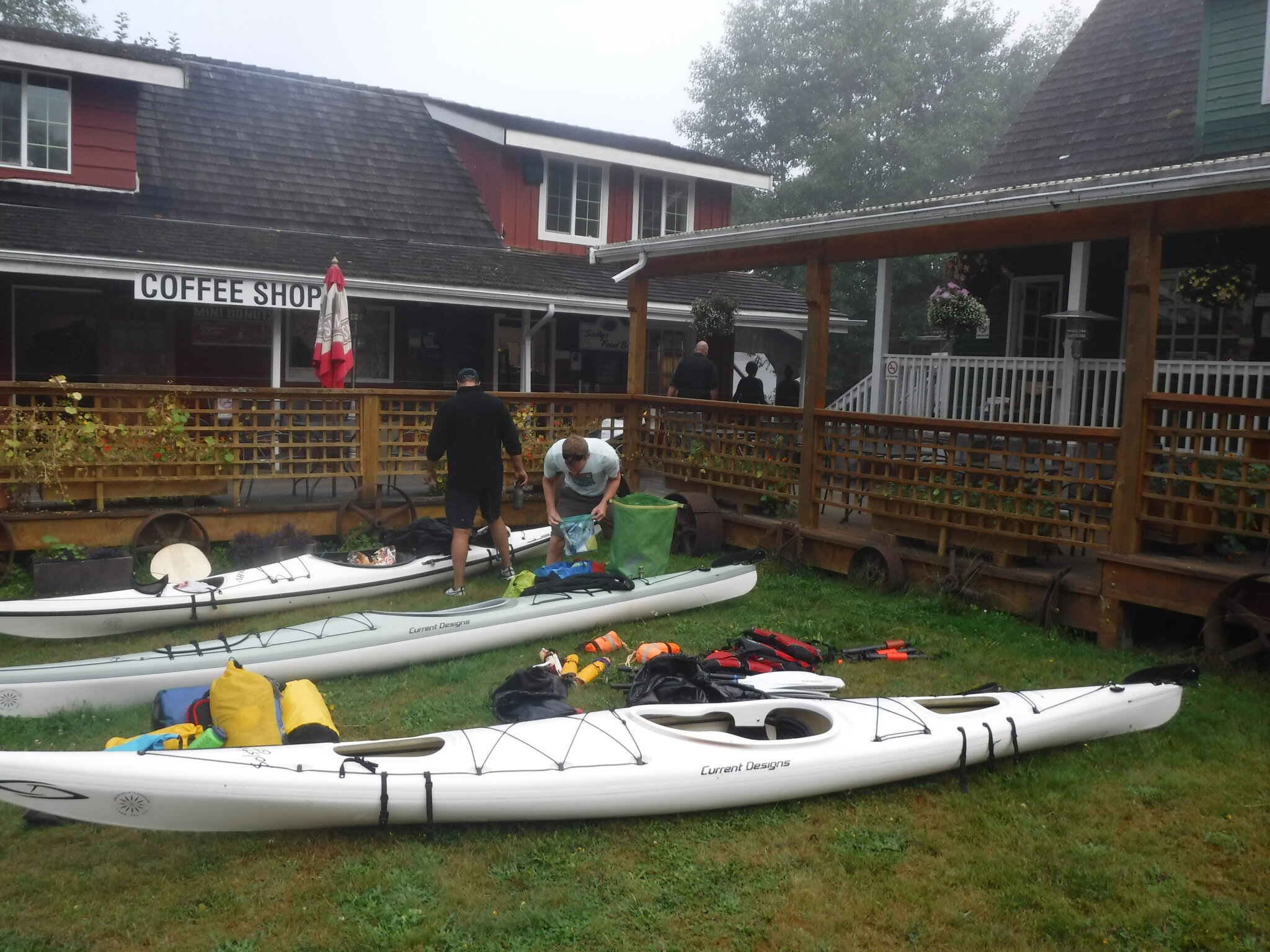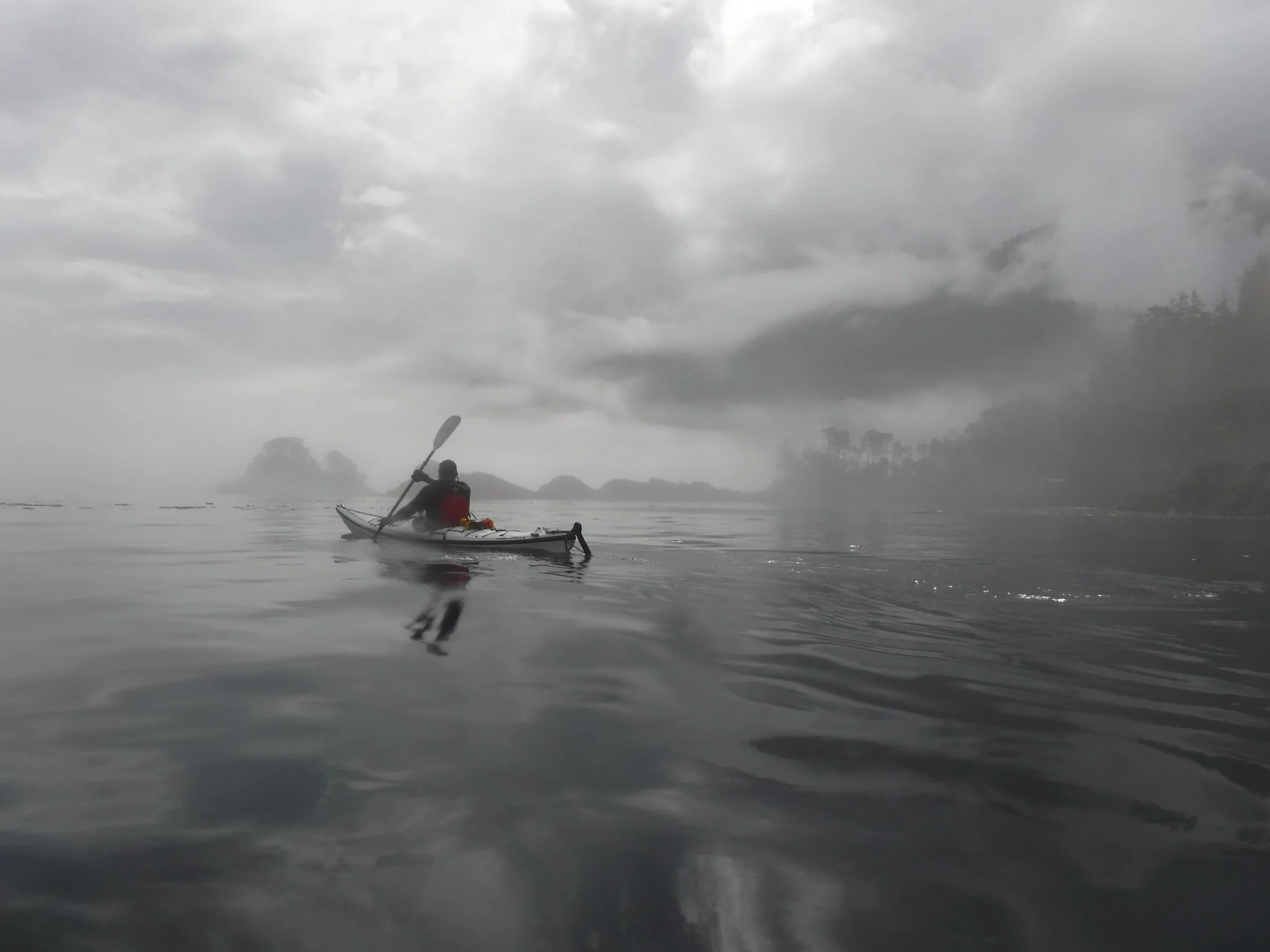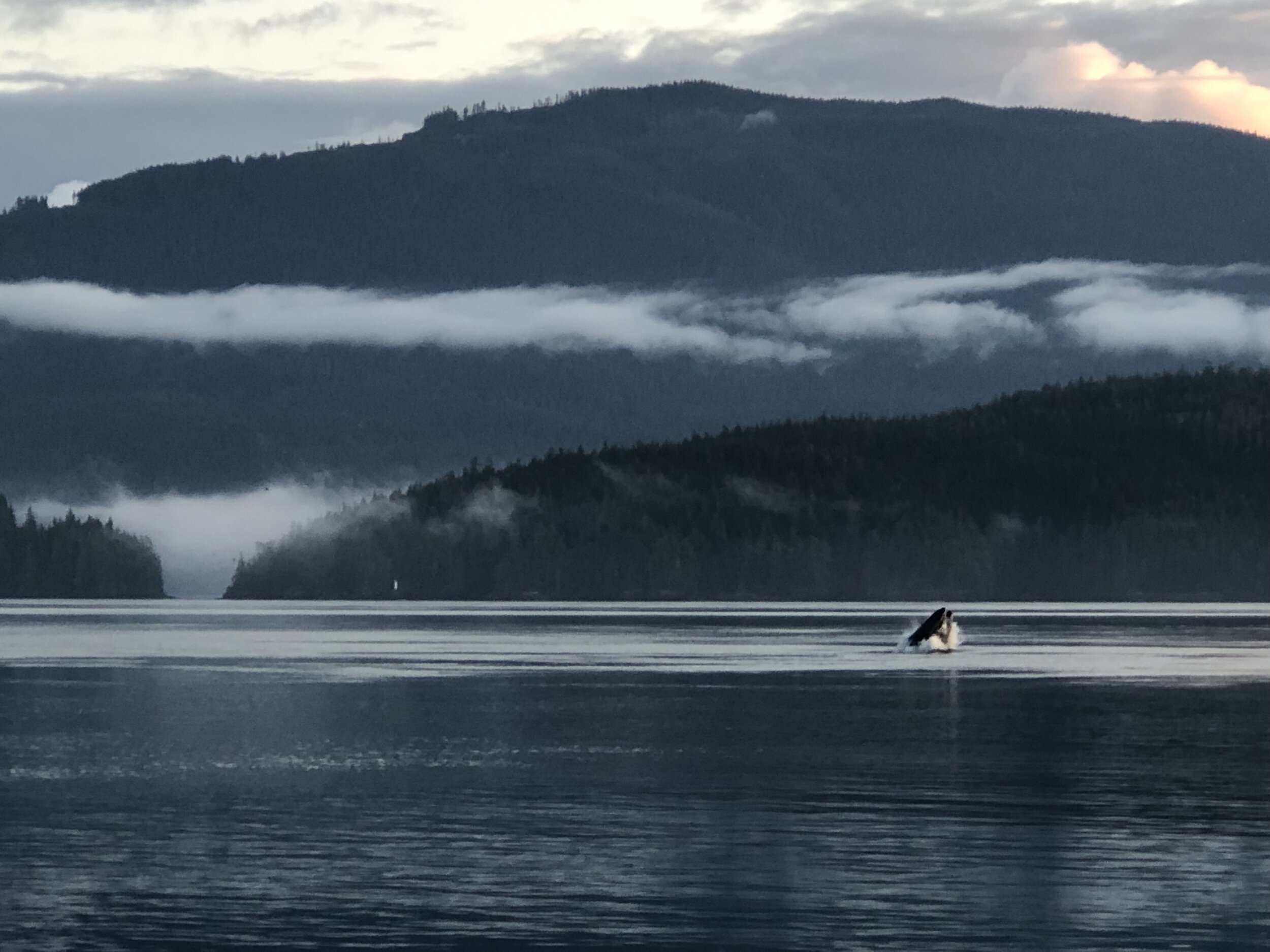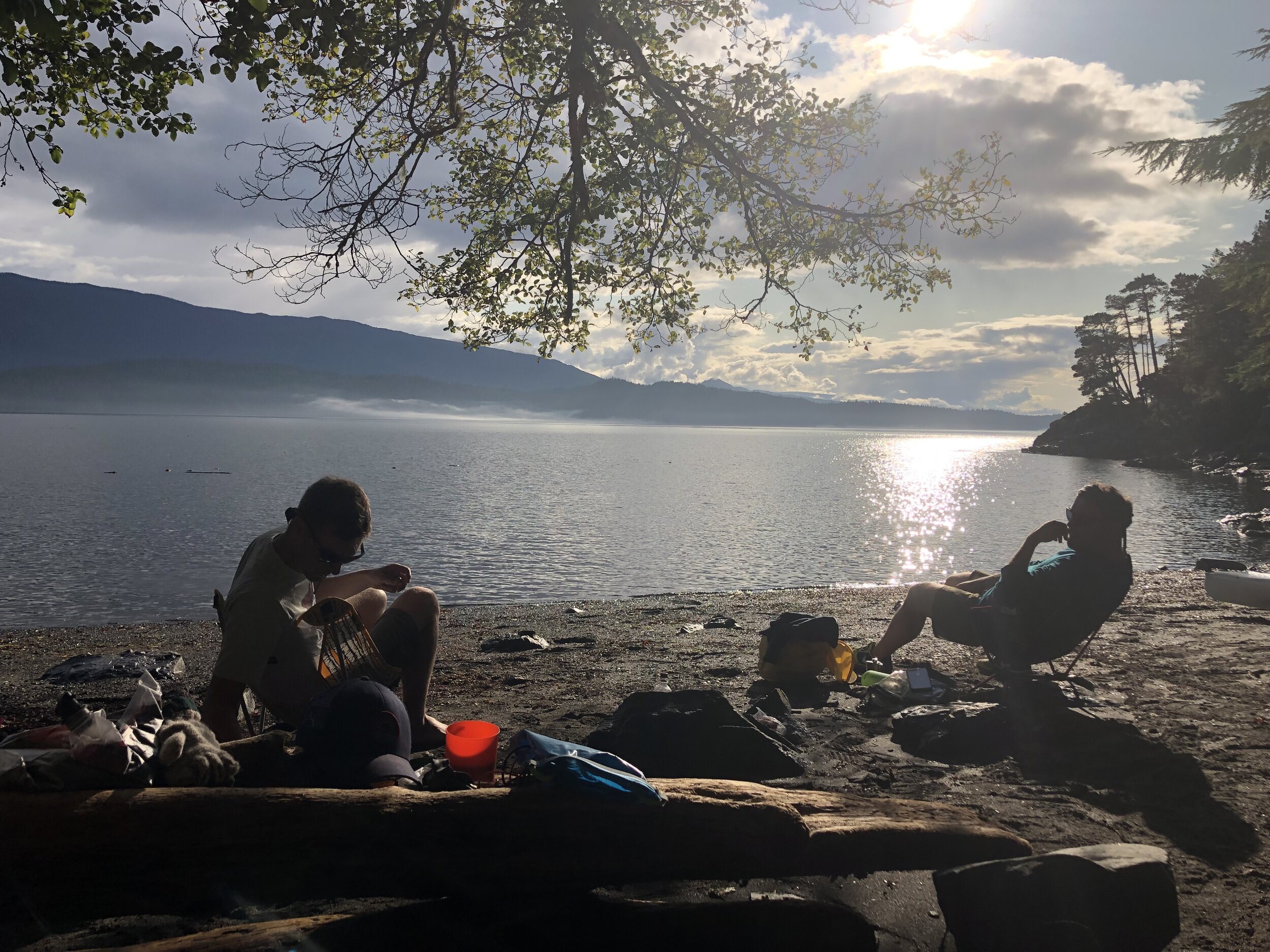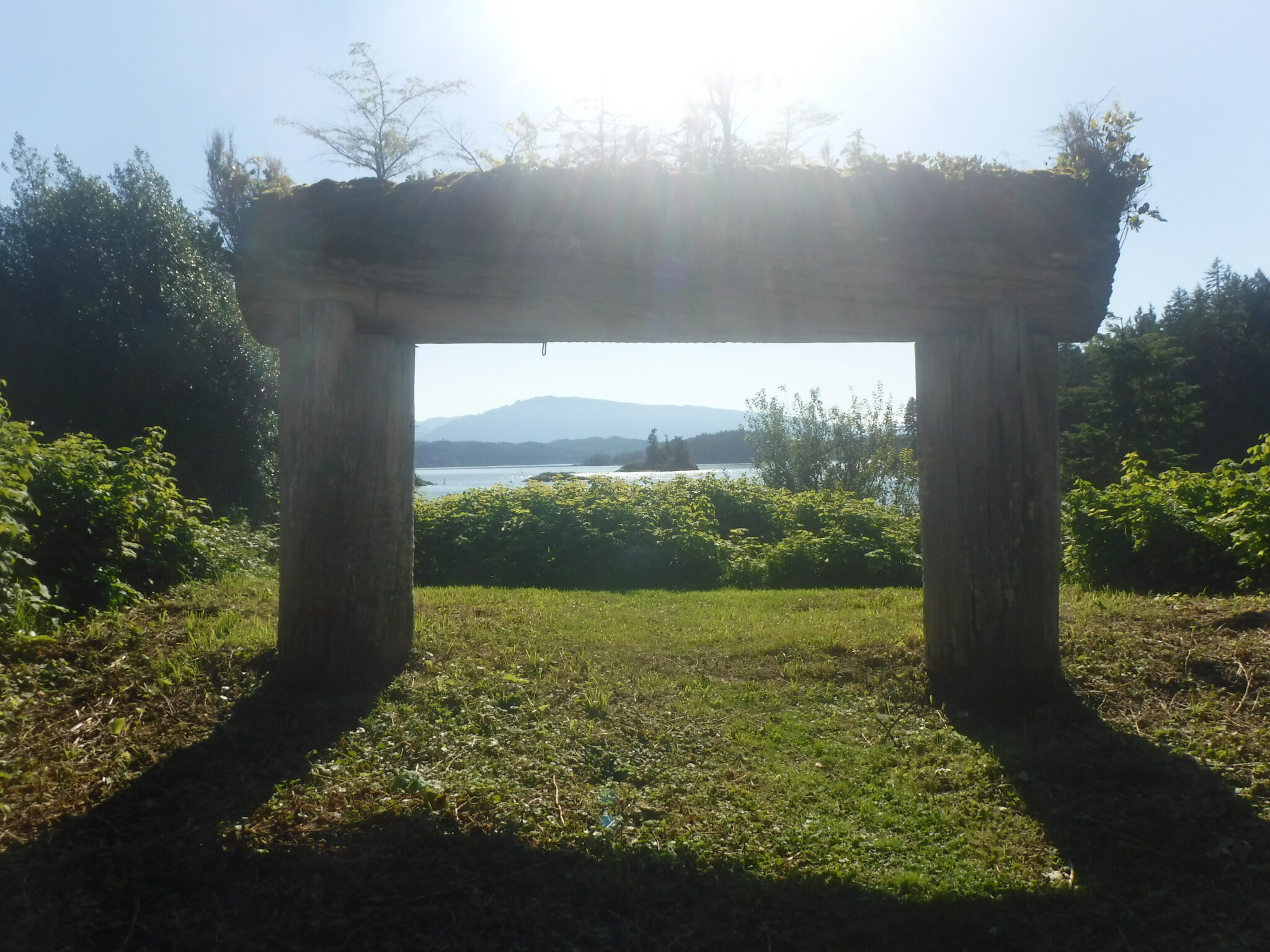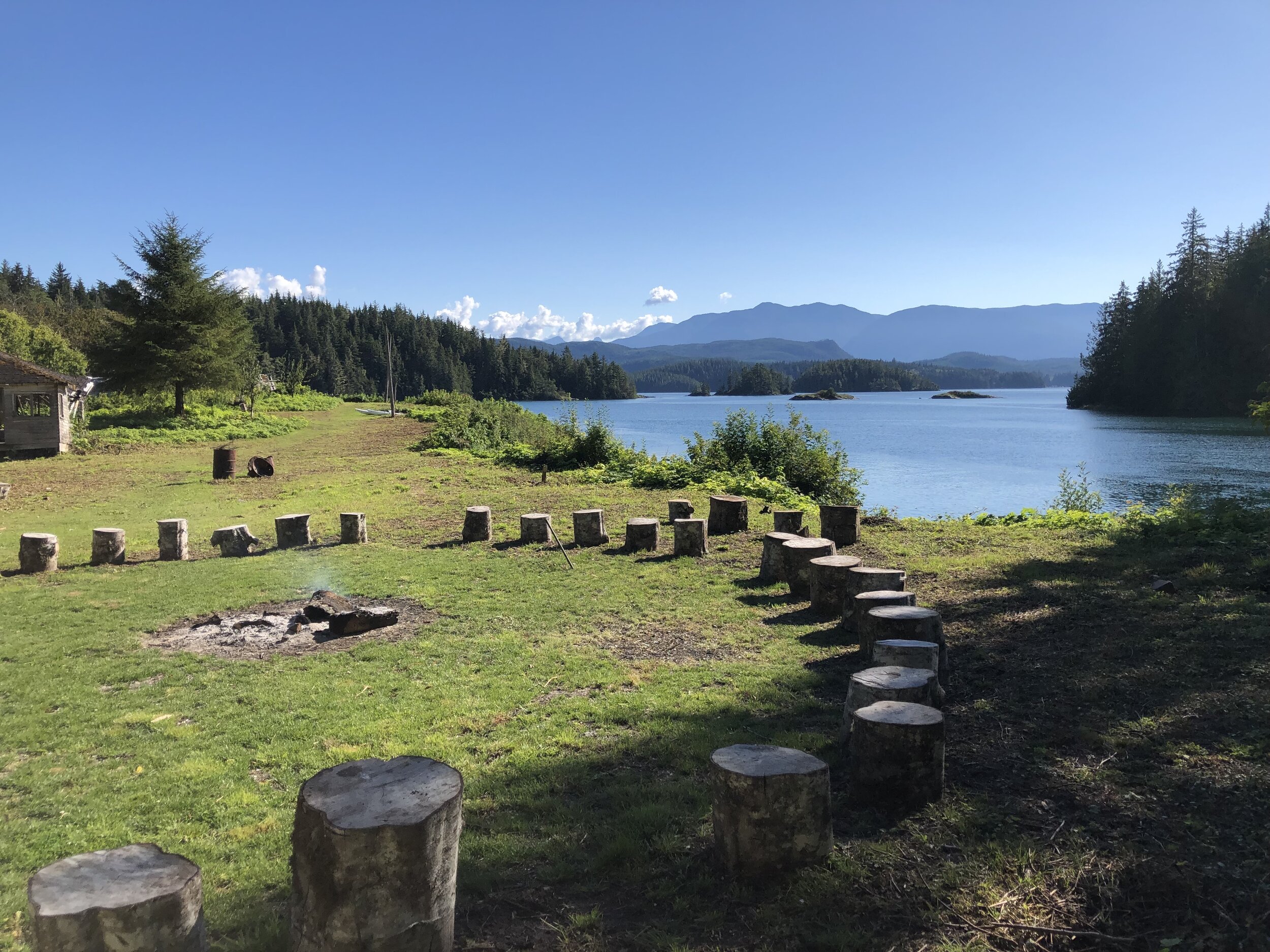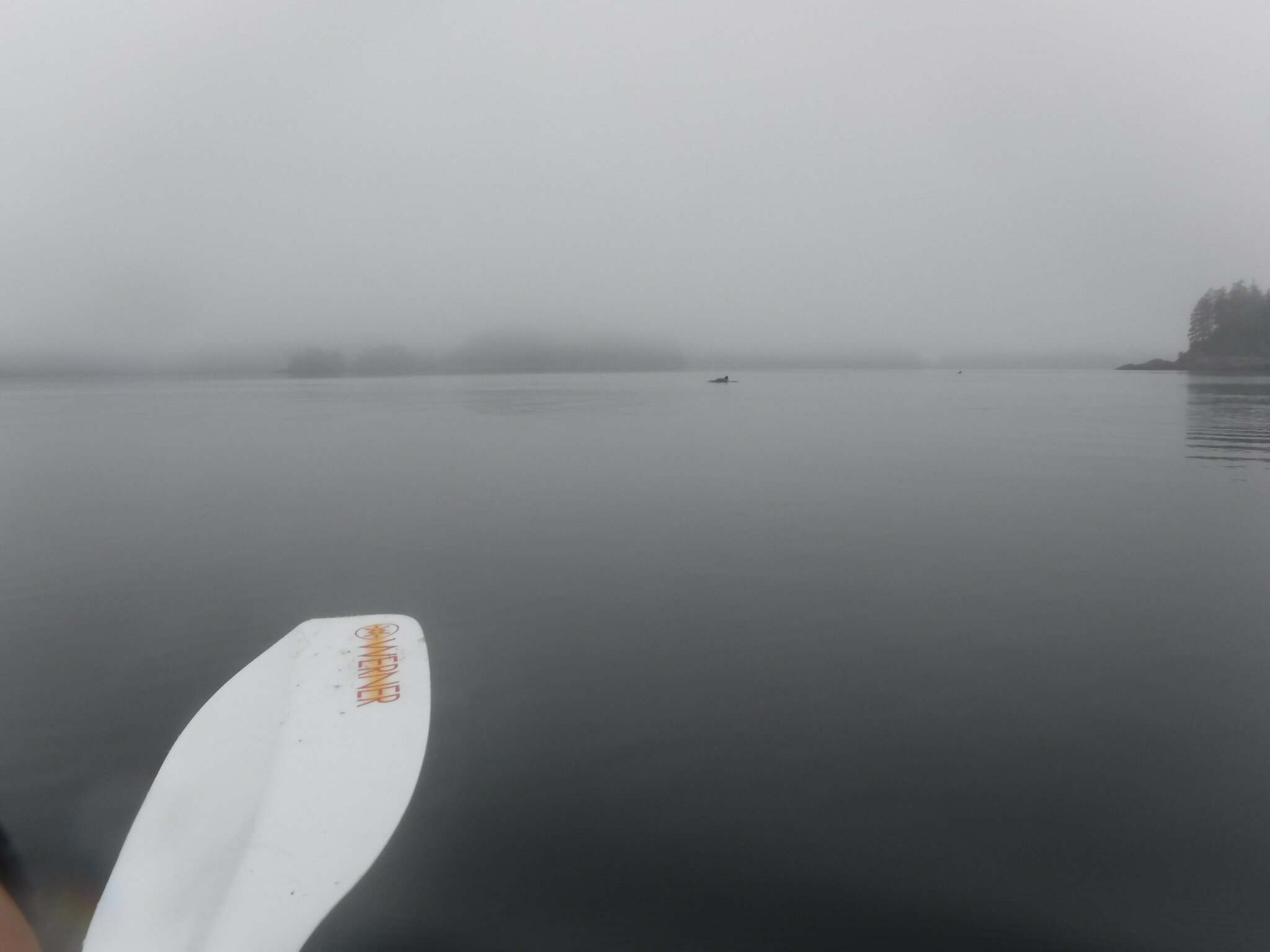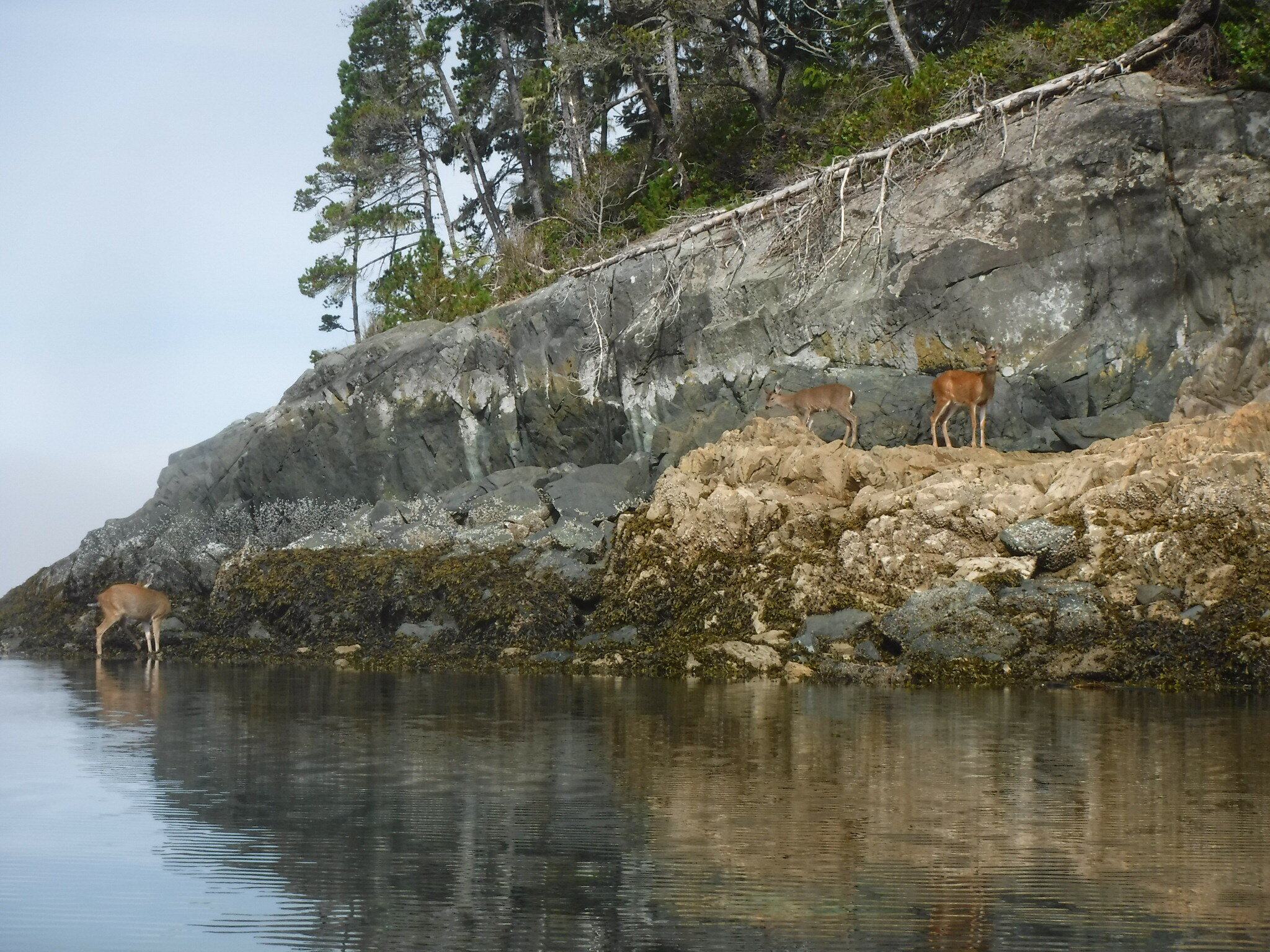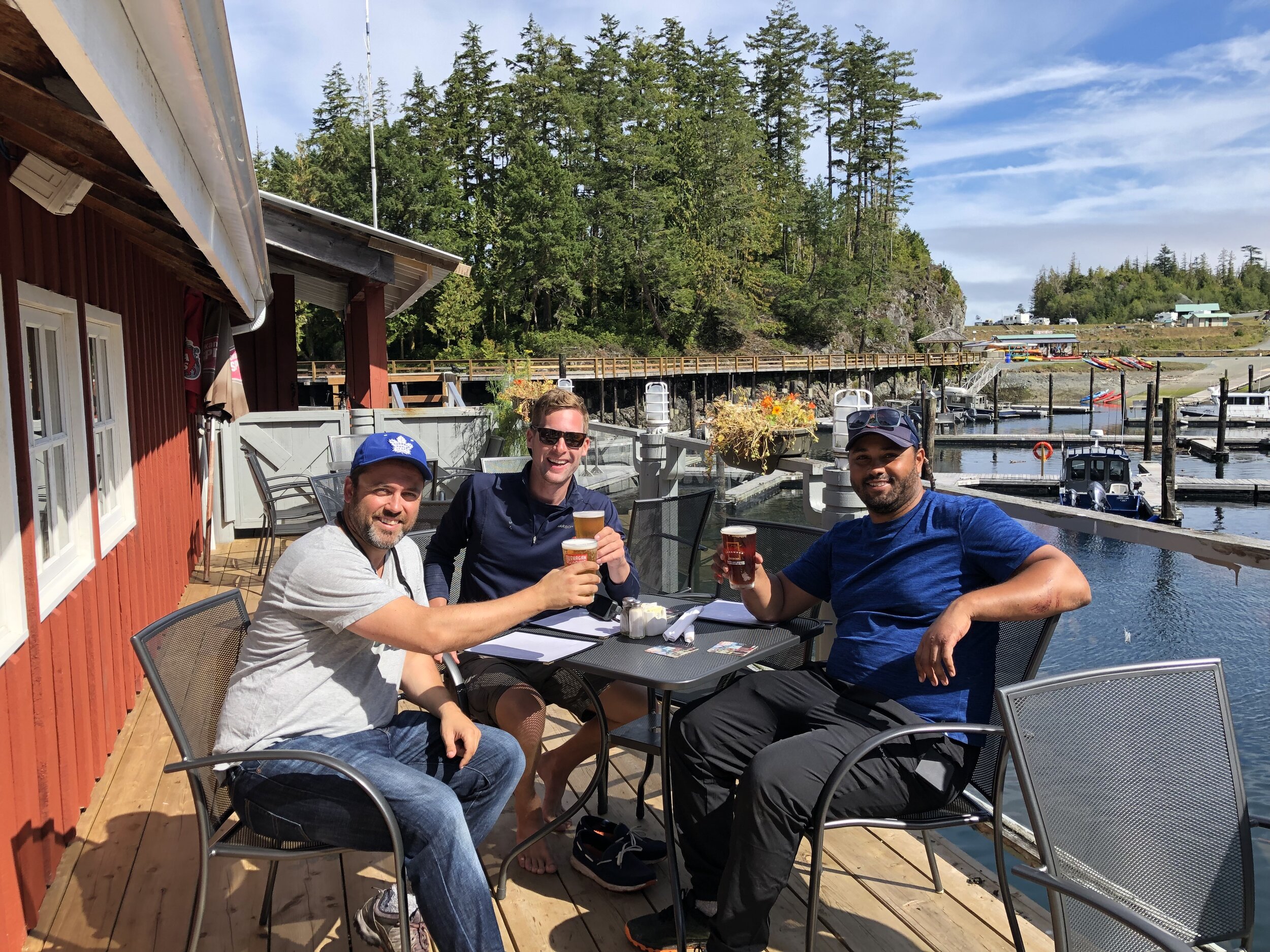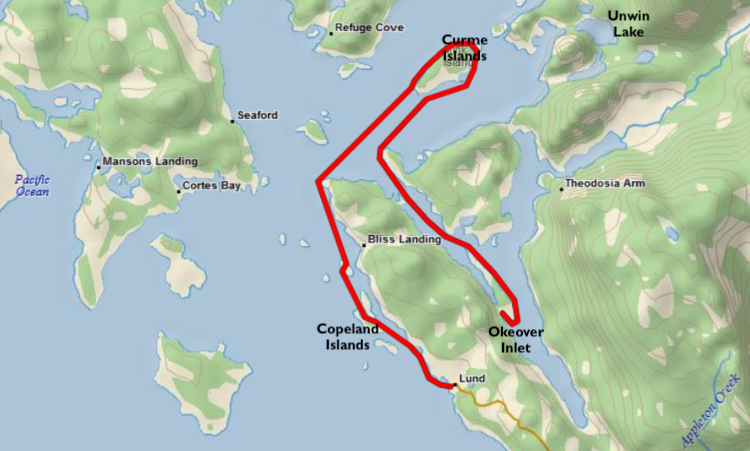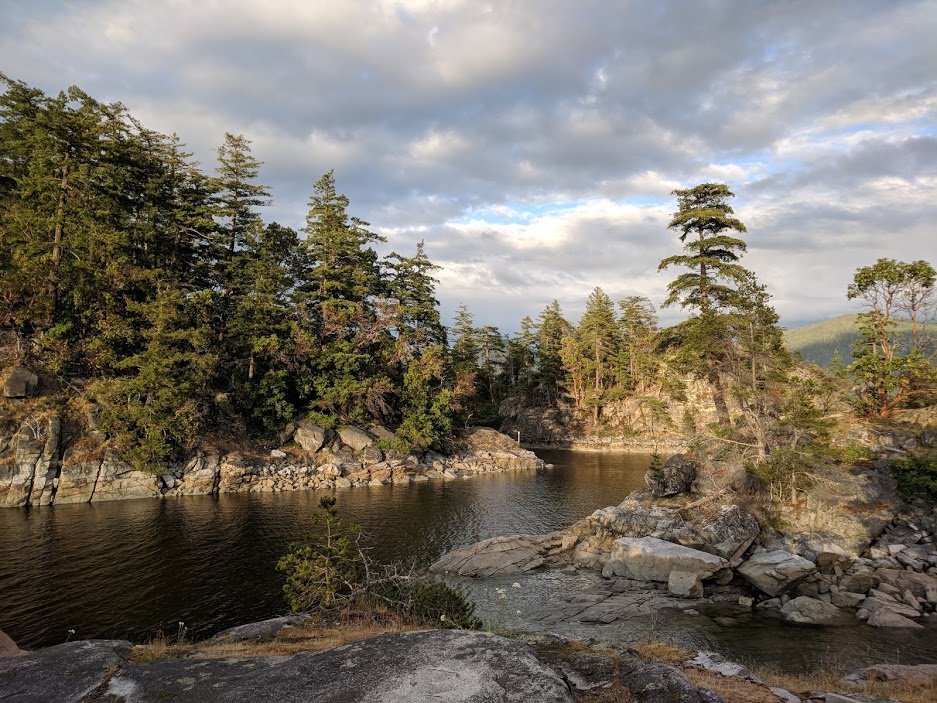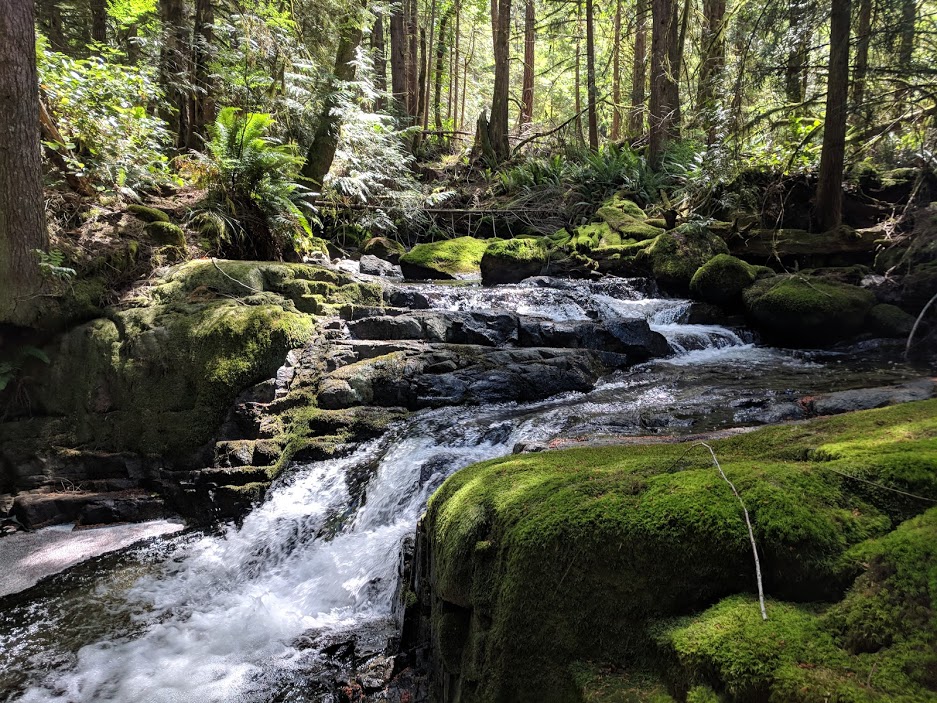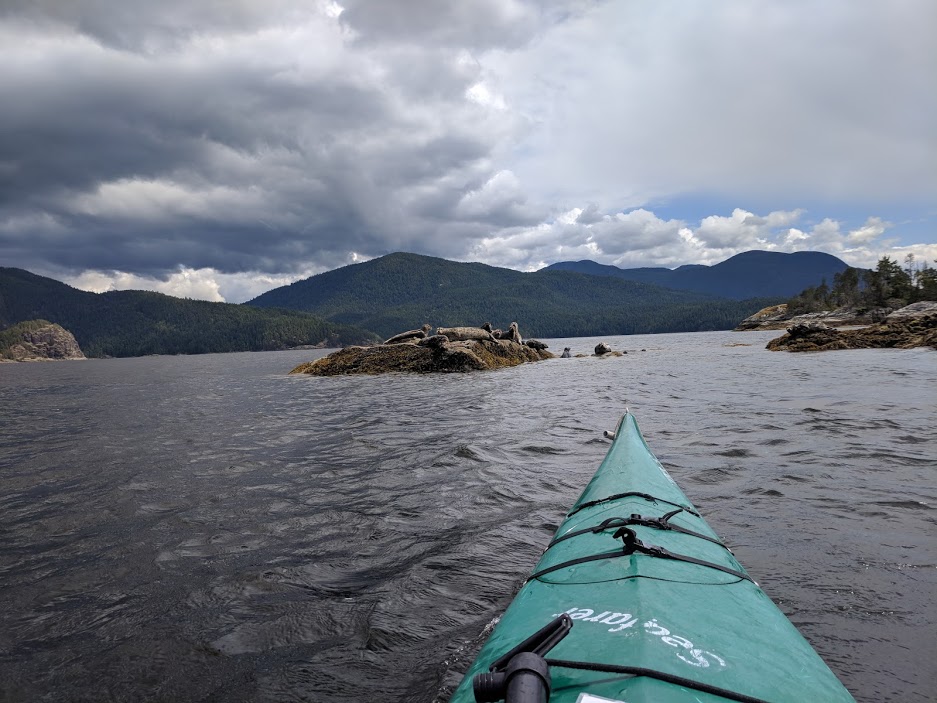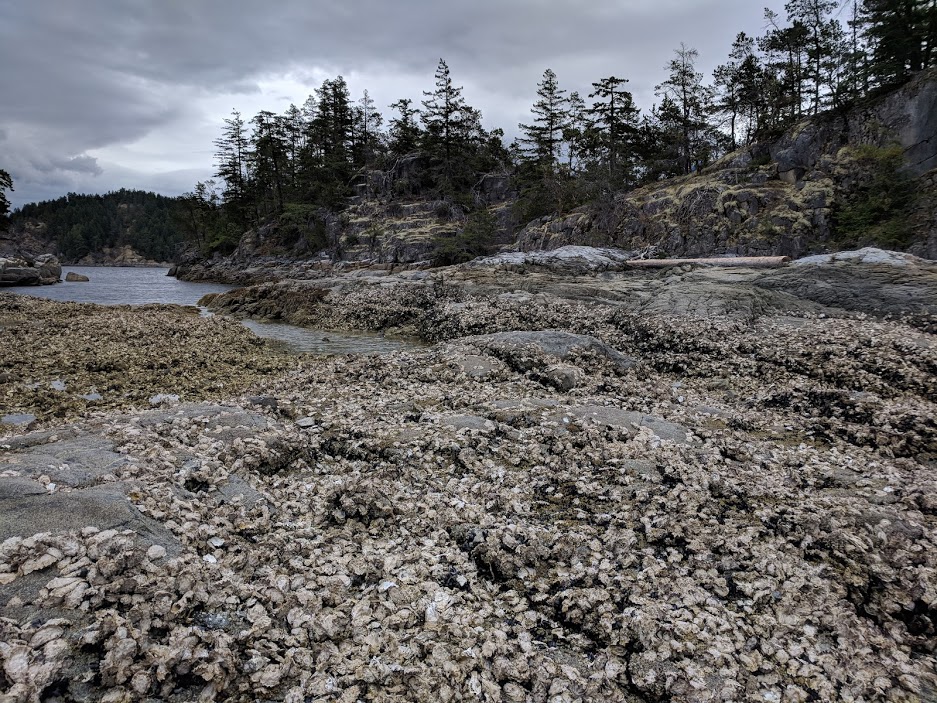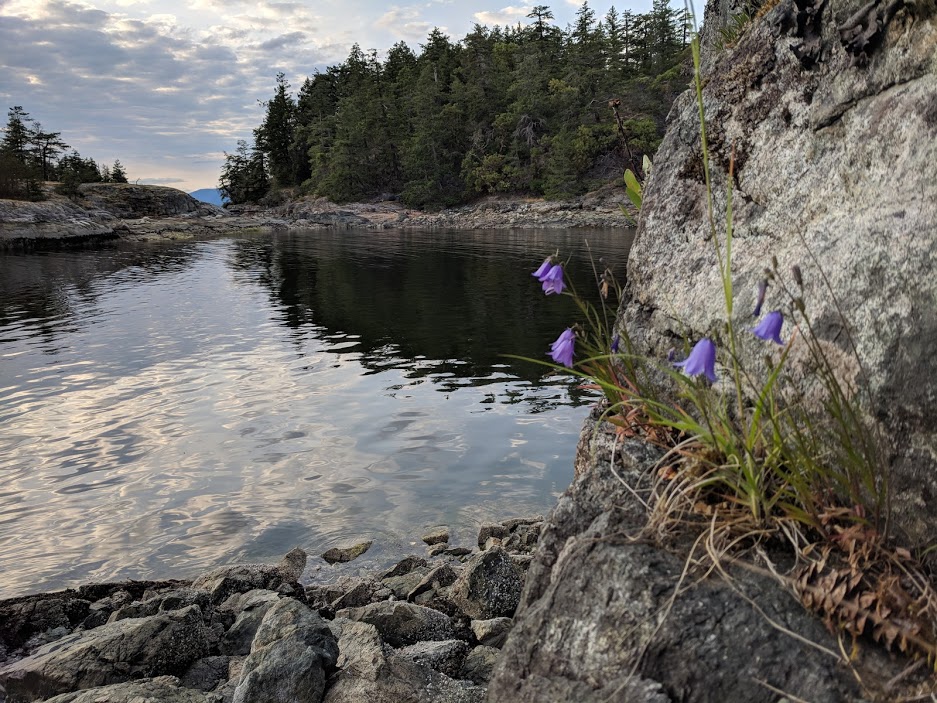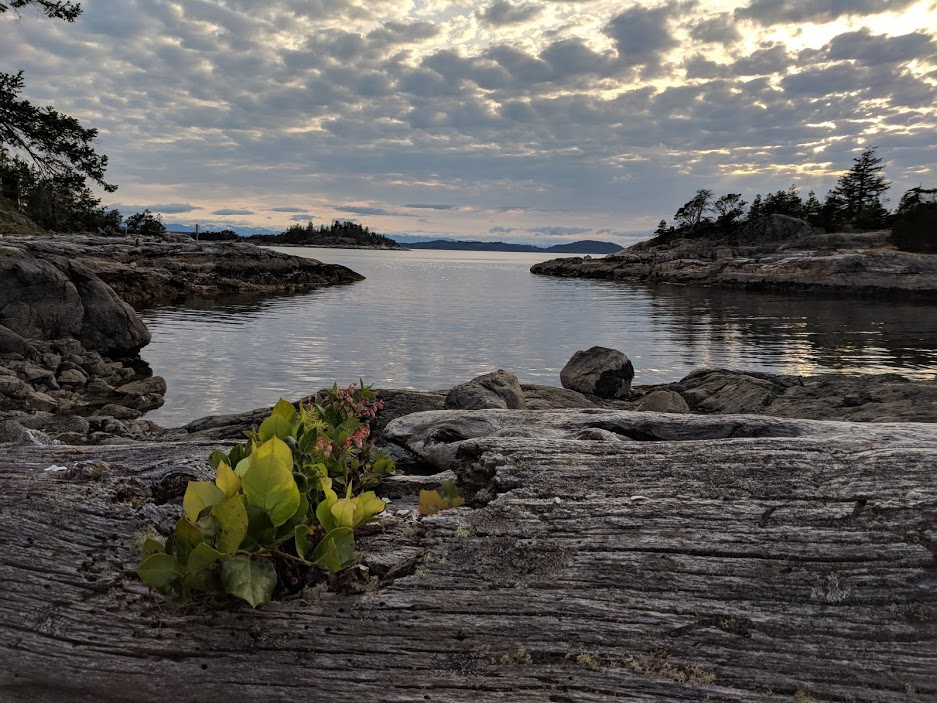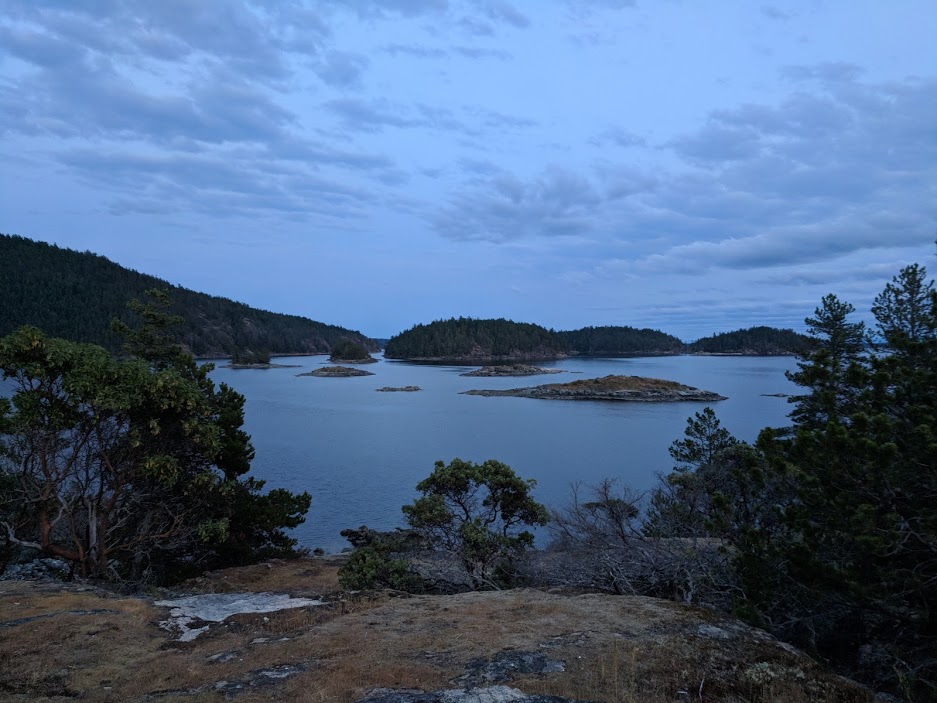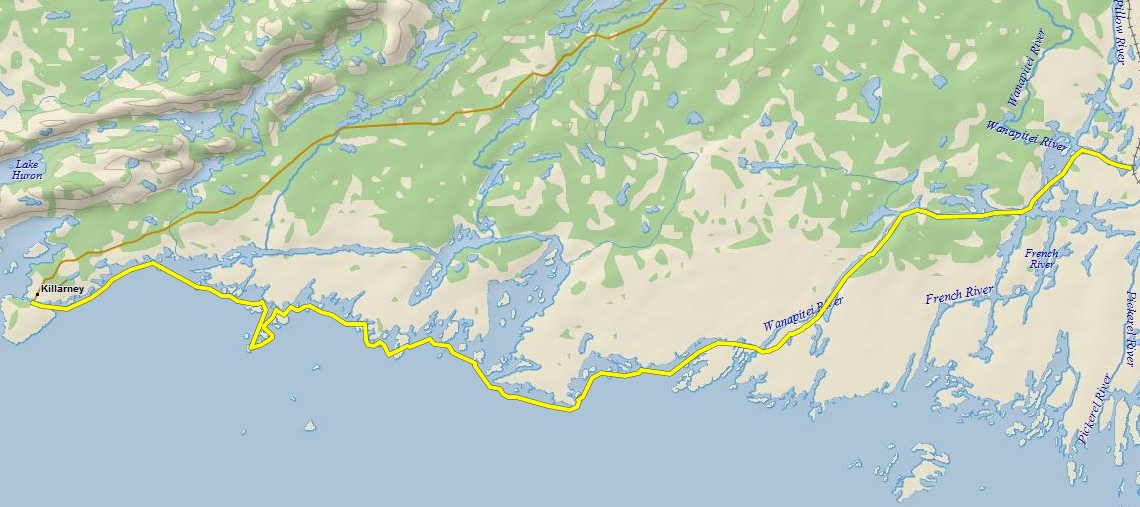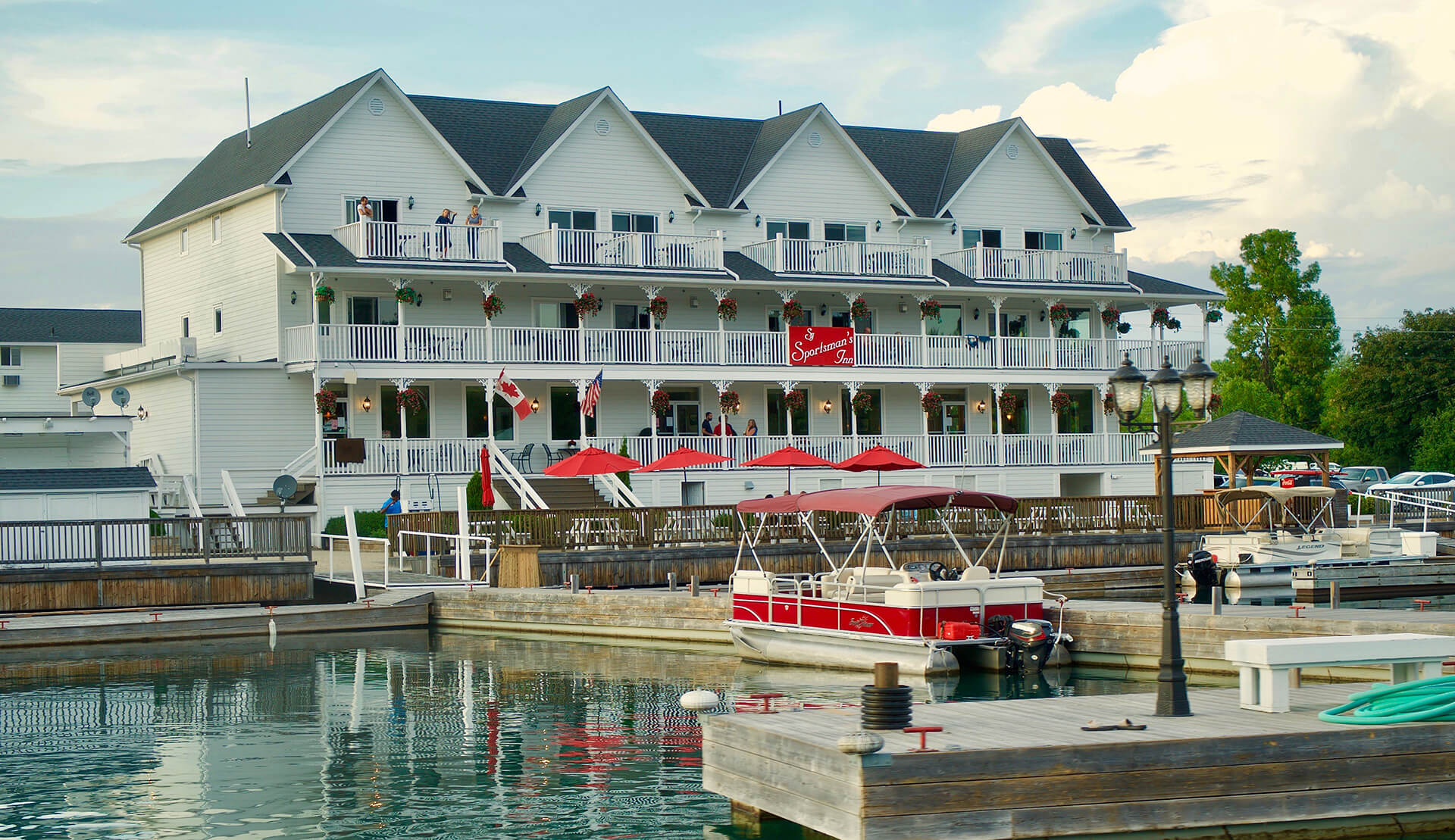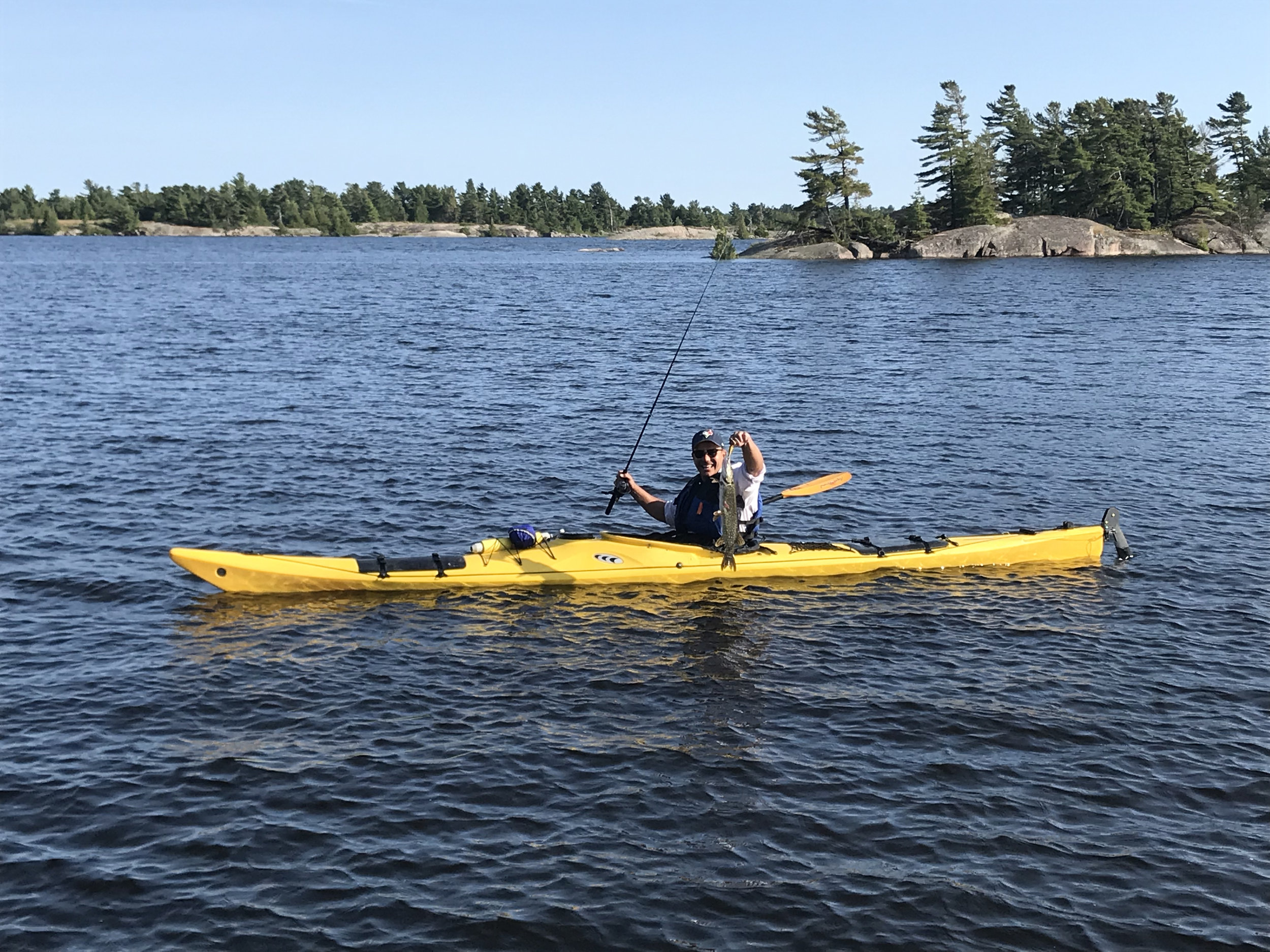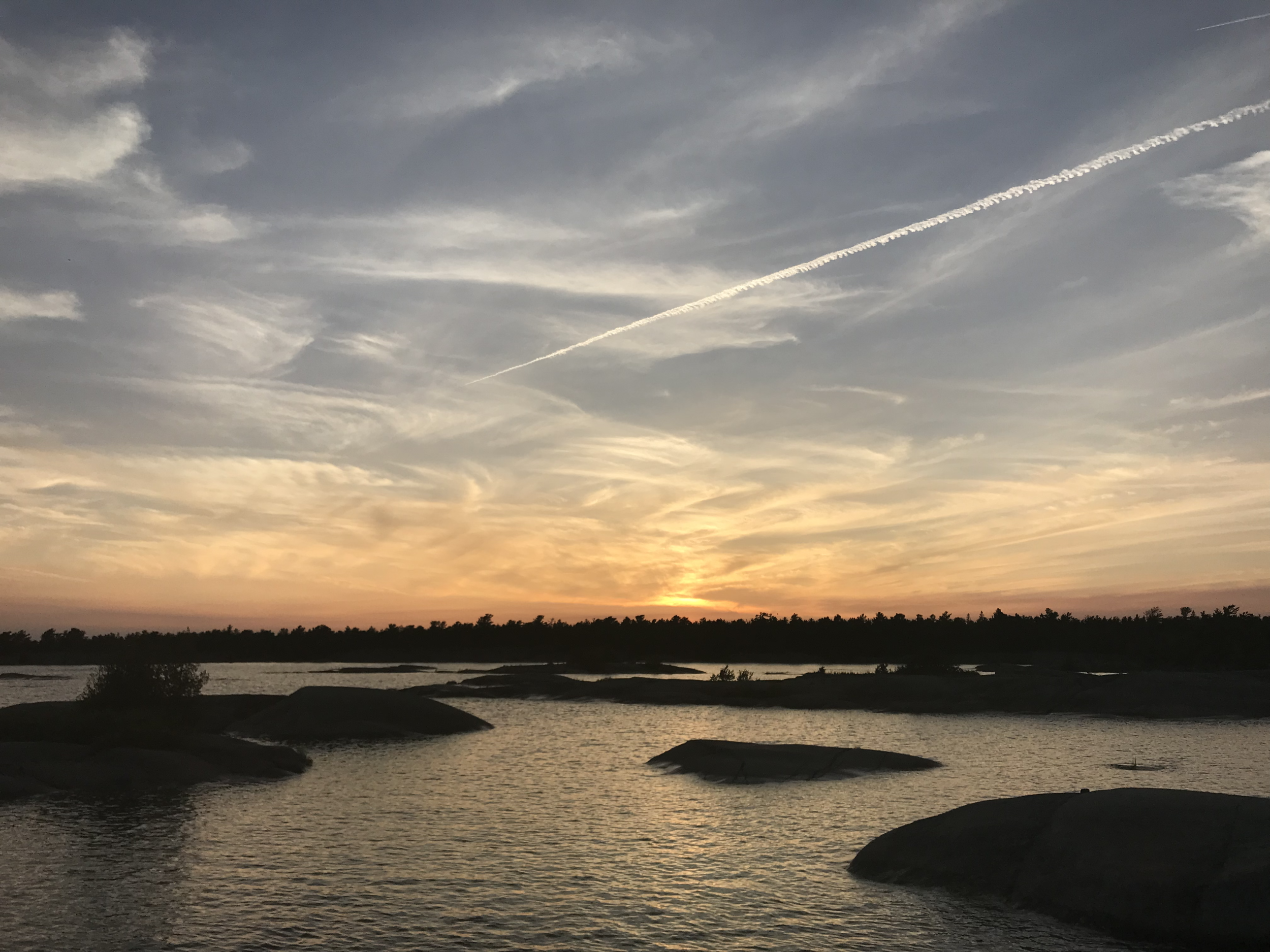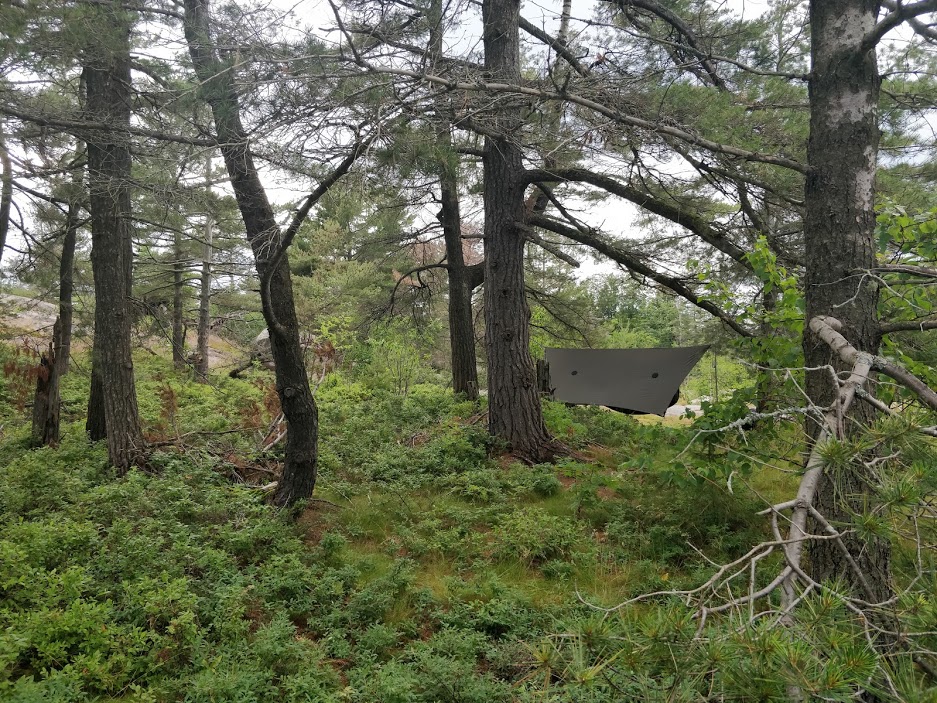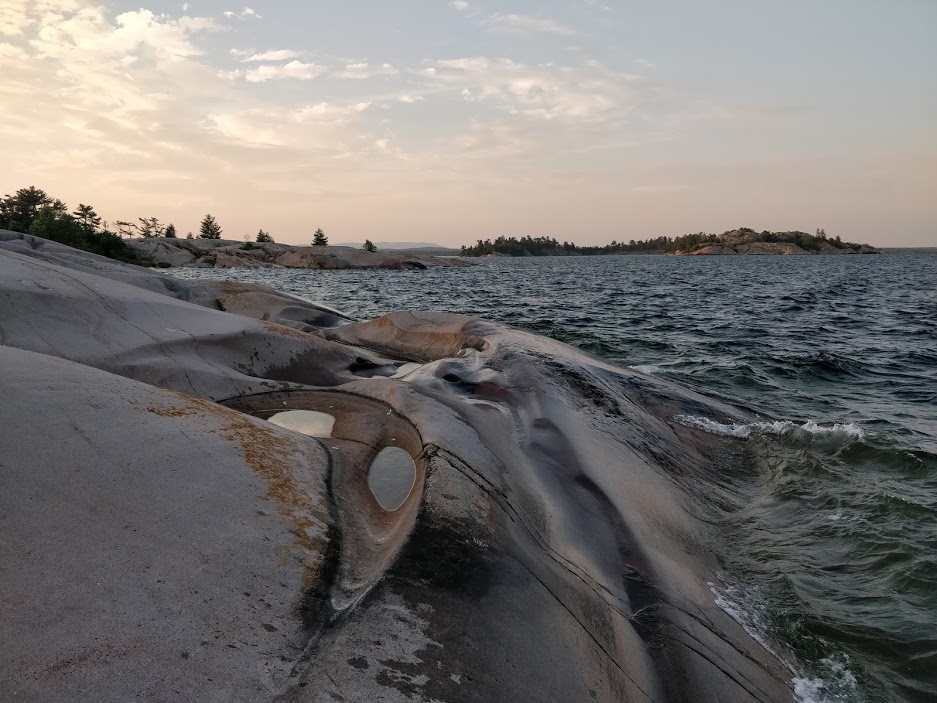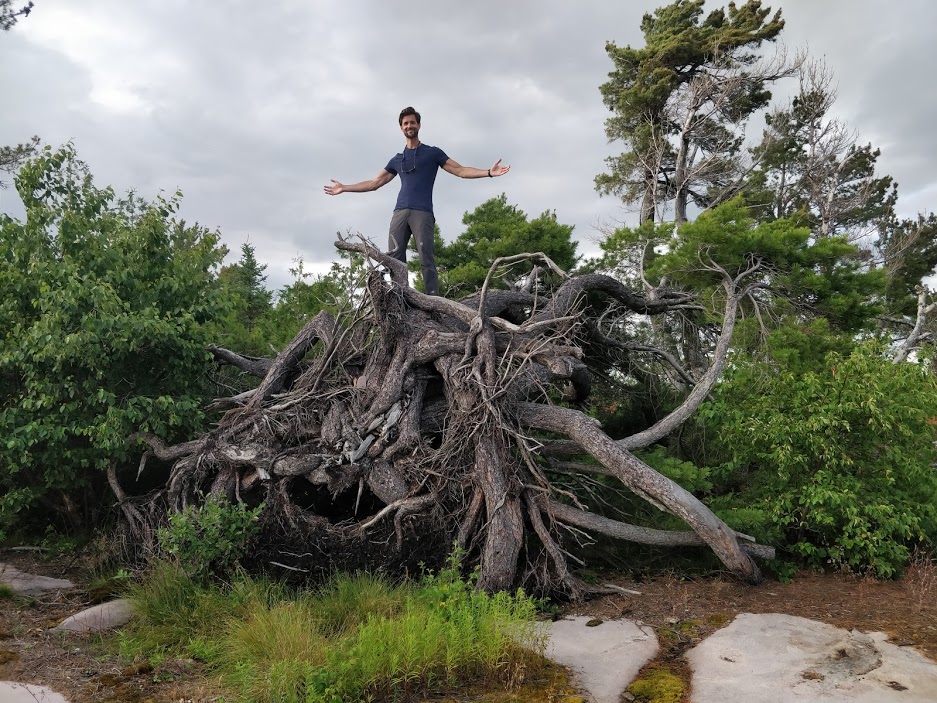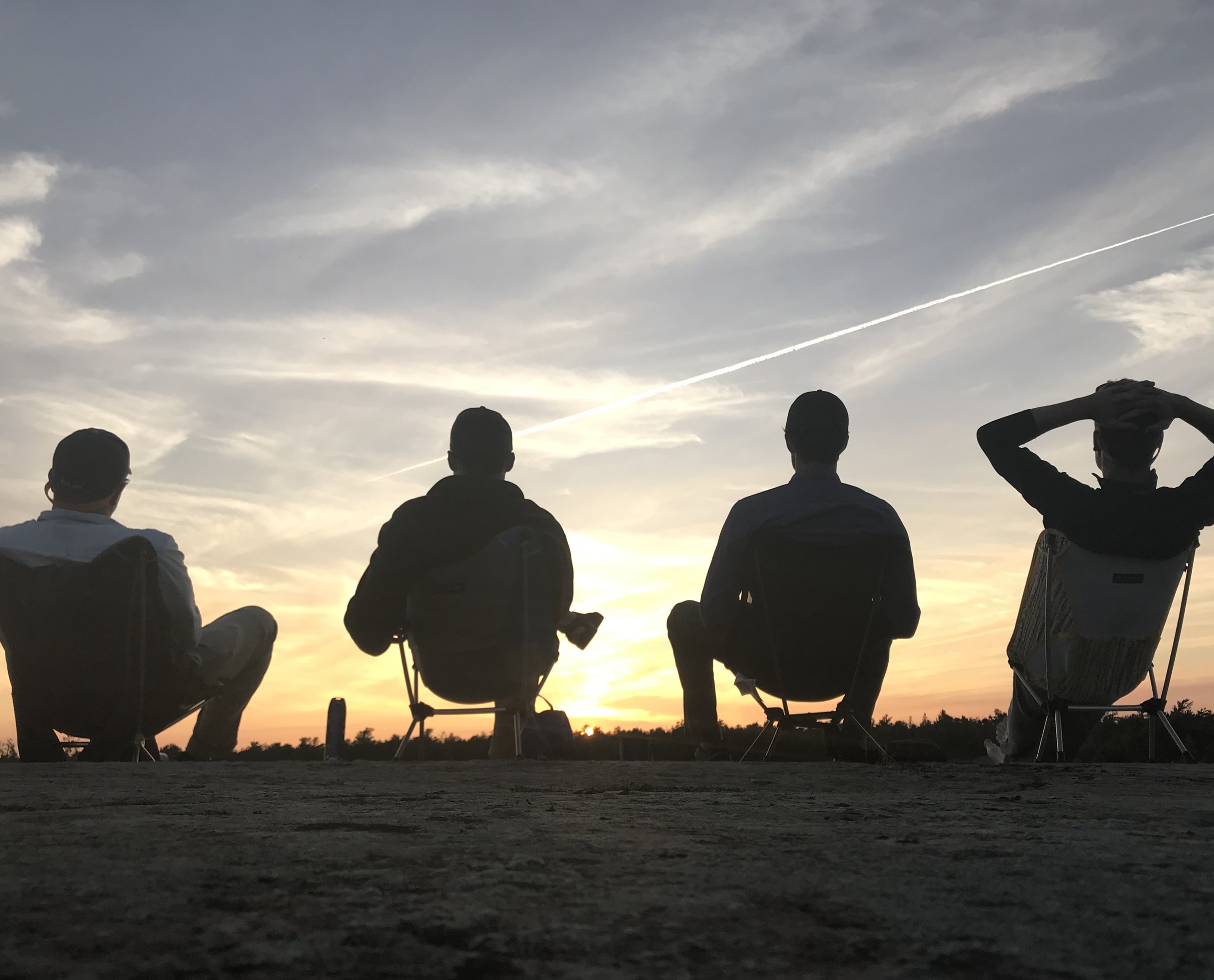BC Marine Trails: Linking and Protecting the BC Coast
One of the more complicated parts of organizing a big trip is connecting routes to campsites. Especially when you’re adventuring outside of the boundaries of formal parks. It requires tons of research and planning to find a safe (and achievable) route, and generally you end up taking any advice you can get.
I came across an incredible organization called BC Marine Trails, and they’ve become an invaluable asset for planning a kayak trip in BC.
BCMT is working hard to connect the BC coast, all the way from Washington to Alaska, with safe and clean campsites. The organization’s goal is to have an unbroken chain of well-maintained sites, each no more than a day’s paddle apart. And they’re doing this without owning a single square foot of land.
Between the complexity of negotiating across private/public/First Nations landowners, and managing a database of sites in some of the coast’s most remote areas, it’s a hell of an ambition. It was so inspiring that I joined the board of directors in 2021 to offer any help I could.
If you’re planning a kayaking trip in BC, this is an organization you’re going to want to support. Here are a few reasons why.
In connecting the coastline, BCMT has amassed a deep database of campsites of all kinds. You can access the map for free online, and paid members have some extra features including a route planning tool, and the ability to download site data for GPS devices.
The BCMT Map tool
Our organization is working hard alongside First Nations, governments, and private landowners to grow the list of sites across and make travelling the coast even more accessible. Our Code of Conduct helps educate paddlers on how to visit the coast responsibly and respectfully.
Removing ivy at Gerald Island. Photo by V. GIbberd.
Sites are regularly visited to take condition reports and tidy them up from garbage and invasive species. Where possible, we work to add some level of infrastructure to make your trip even more comfortable. (Like the new composting toilet at Freedom Point in the Discovery Islands!)
Lastly - members get some amazing discounts on tours and kayak rentals all along the coast.
A membership will cost you $30 a year, and I will tell you (in a completely unbiased way…) that it’s worth its weight in gold - especially as you plan your next adventure in BC.

